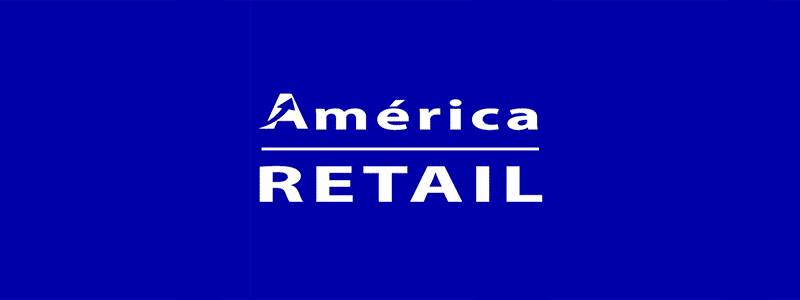NFTs have established themselves as unique digital representations of assets, which can include everything from artwork to video and music clips, GIFs, etc.
Non-fungible tokens, or NFTs, which operate using blockchain technology and are frequently traded with cryptocurrencies such as bitcoin or ether, have captured global attention not only for the impressive prices some have achieved, but also for the important legal questions they raise. regarding intellectual property rights.
NFTs have established themselves as unique digital representations of assets, which can include everything from artwork to video and music clips, GIFs, etc. Each NFT is essentially a unique code stored on a blockchain that certifies ownership of a specific digital copy of an underlying asset associated with that code. However, one of the biggest confusions and source of legal risk is the misunderstanding about what this code really represents in terms of intellectual property.
When purchasing an NFT, you obtain the code associated with the token, but the transaction does not automatically transfer the copyright of the linked digital content, unless the owner of the rights to the associated work has agreed to assign the economic rights to the person who minted it. the NFT, and then these are transferred in each subsequent sale of the token. That is why the usefulness of NFTs and the high prices that in some cases are paid is in question, because on the Internet it is so easy to illicitly replicate images, the value of an asset that is supposed to be unique is diluted. quickly upon seeing that anyone can replicate the associated image, without major risks.
Indeed, the lack of copyright transferred with the purchase of an NFT means that the buyer has no legal ability to prevent third parties from copying and distributing the linked digital content. This can significantly decrease the perceived and actual value of the NFT if the market fluctuates or if digital content is widely copied, and reveals the transparency that must be had when trading these assets.
Transparency in the transfer of rights is essential to protect both creators and buyers of NFTs. NFT sellers should be clear about what rights they are actually transferring, and buyers should do due diligence to understand what exactly they are purchasing. This transparency not only helps avoid misunderstandings and legal disputes, but also contributes to establishing a fairer and more equitable market for NFTs.
Given the novel challenge that NFTs pose to existing intellectual property laws, there are those who advocate for a regulatory framework that can adequately address these new technological developments, which has not occurred in Chile. Lawmakers and regulators should consider how laws can be adapted to protect the rights of creators while facilitating the innovation and commercialization of new forms of digital art and other content.
Education plays a crucial role in the digital age. Awareness of intellectual property rights related to NFTs and other emerging technologies is critical to ensuring that creators and consumers are well informed about their rights and responsibilities. This awareness not only promotes greater innovation and creativity, but also protects the legal and financial interests of all parties involved.
As we move forward, legal clarity, education and adaptive regulation will be key to navigating this new landscape and ensuring that innovation and creativity continue to flourish in the digital world.
By Esteban Orhanovic, Partner, IP, Tech and Data Group, Albagli Zaliasnik (az)




